We may earn money or products from the companies mentioned in this post. This means if you click on the link and purchase the item, I will receive a small commission at no extra cost to you ... you're just helping re-supply our family's travel fund.
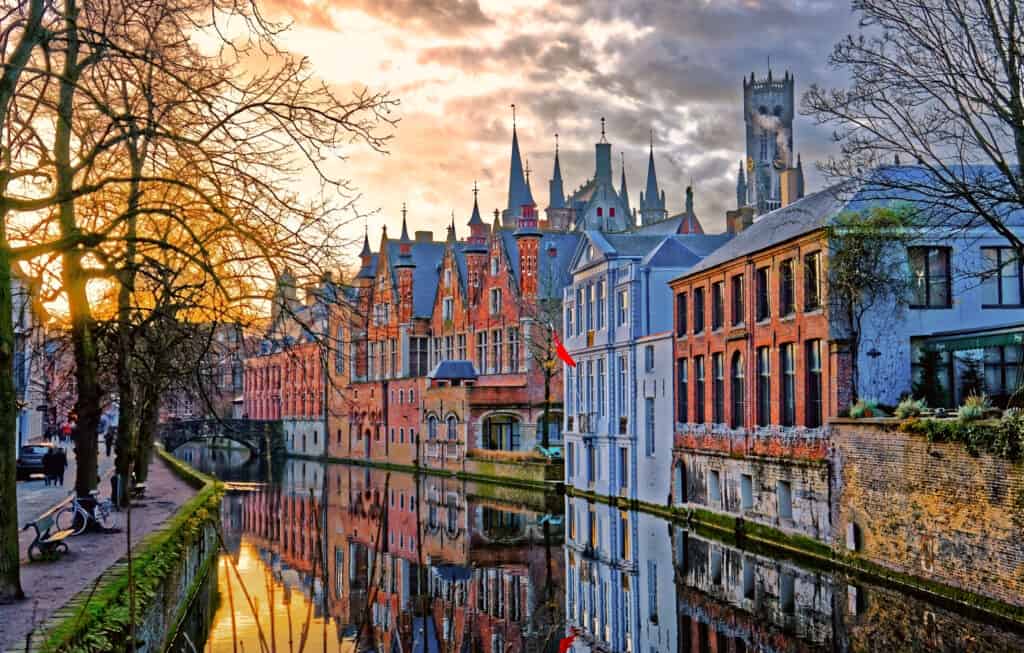
Medieval streets reward slow steps and curious eyes. Stone walls hold stories about guilds, pilgrimages, and markets that once decided fortunes by noon. In these cities, time shows up in rooflines, bell towers, and bridges shaped by centuries of wear. Crafts still matter, recipes still whisper of fields and rivers, and sacred spaces glow after the crowds thin. What this really means is simple. The Middle Ages never fully left; they linger in patterns of life that still feel sturdy and human.
Bruges, Belgium
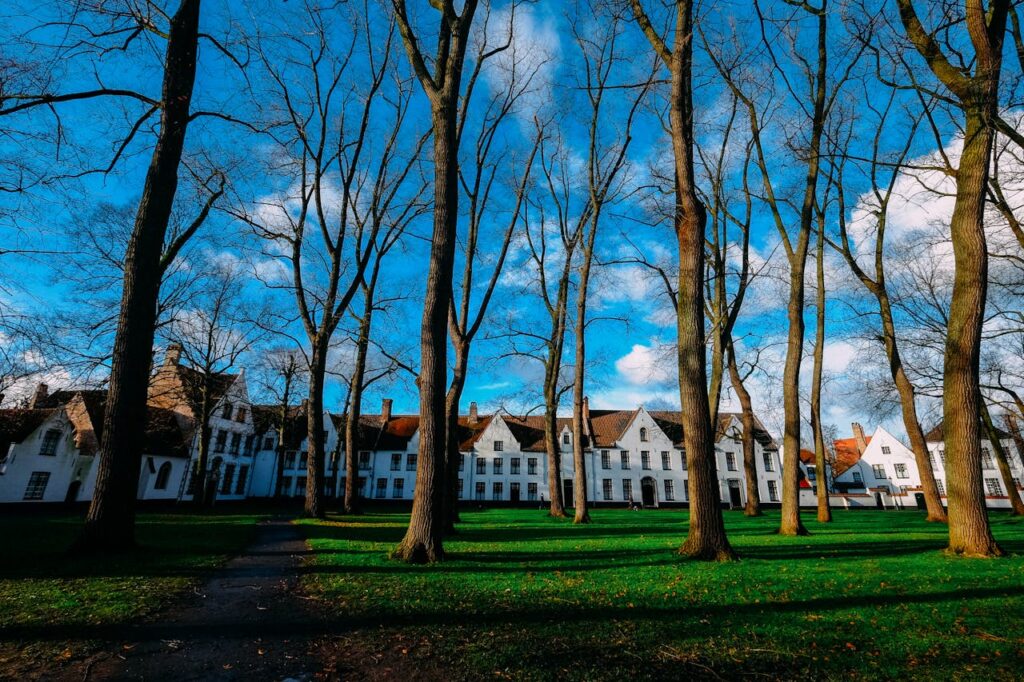
Bruges reads like a ledger written in brick and water. Canals mirror stepped gables, while the Belfry keeps a measured rhythm over squares once loud with cloth trade. Inside the Groeningemuseum, painters refine devotion with careful light, and at Sint-Janshospitaal, medicine and mercy share walls. Chocolate shops and lace ateliers stretch the story into the present without kitsch. Evening turns the city into a soft study of reflections, and the cobbles answer with quiet, confident shine.
Tallinn, Estonia
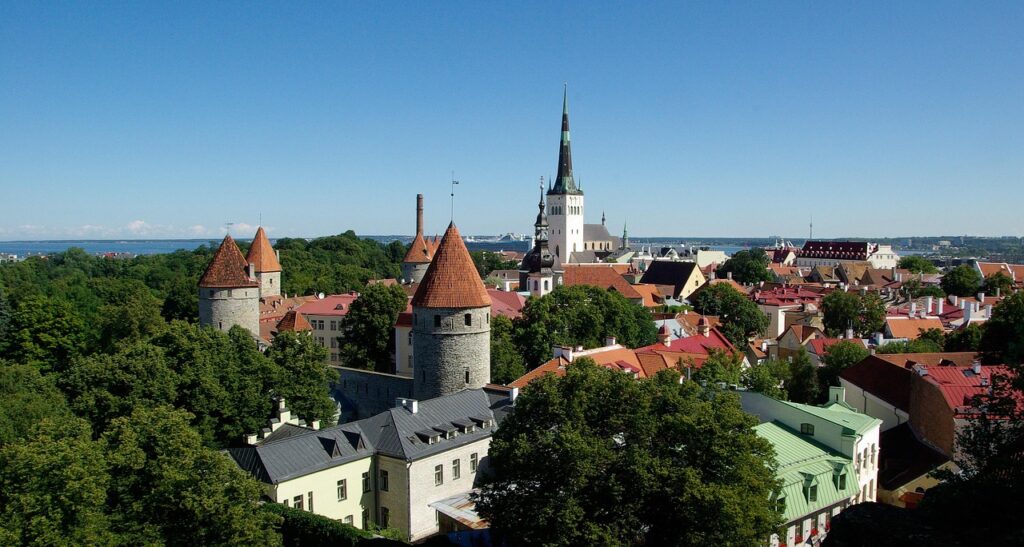
Tallinn’s Upper Town crowns a limestone ridge with watchtowers that still look ready for a long winter. Down the hill, guild halls and merchants’ houses set a scale that favors handwork and conversation. Old warehouses near the harbor carry the city’s Baltic logic, connecting grain, tar, and timber to far ports. Cafés now warm the lanes, but the plan remains medieval at heart. Red roofs, narrow passages, and a skyline stitched with spires make the past legible at street speed.
York, England
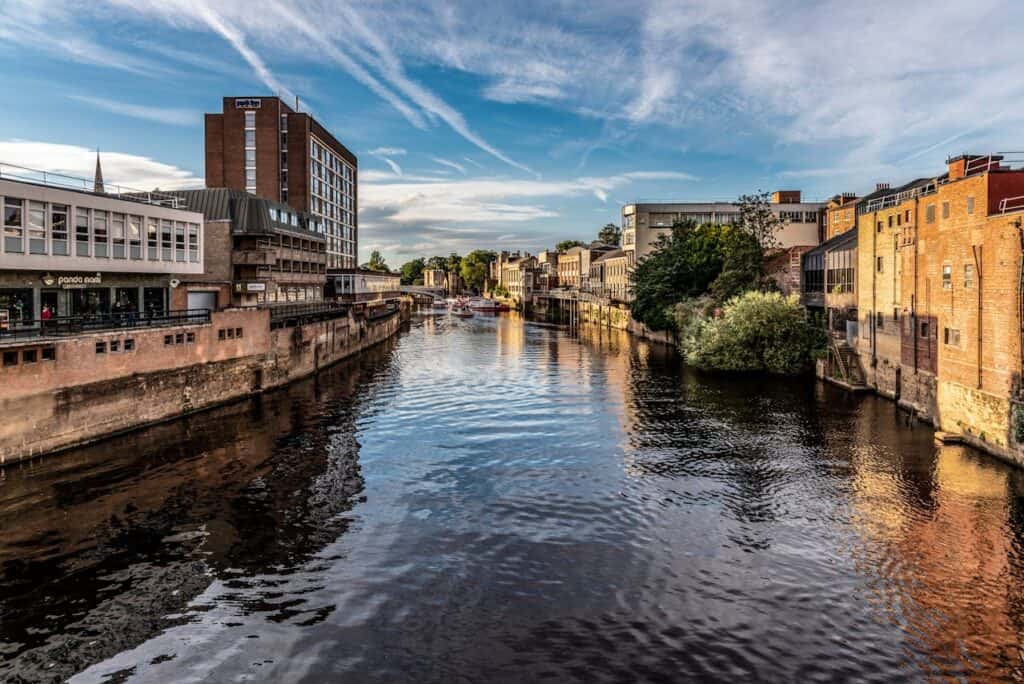
York threads Roman walls, Viking finds, and a cathedral that seems to breathe with stained glass. The Shambles leans so close that neighbors could pass bread from window to window, and the Minster’s stone ripples with care from many centuries. Snickets and snickelways fold shortcuts into the map, writing a local grammar for feet. Museum rooms give the larger arc, but the city’s best lessons arrive outdoors, where bells, bakeries, and battlements share the same cool air.
Carcassonne, France
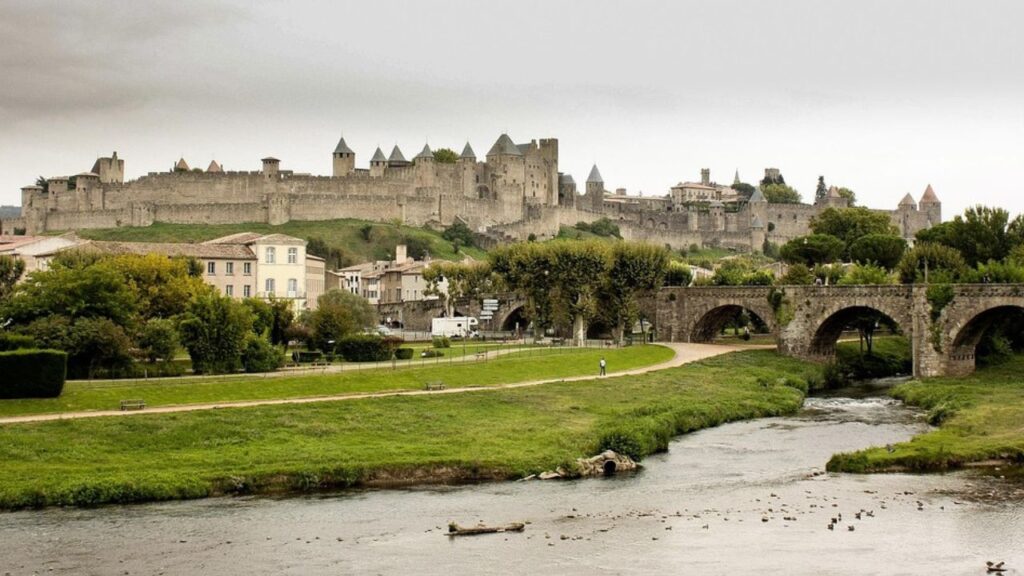
Carcassonne’s double walls mount a theatrical defense, yet the lived details soften the silhouette. Within the citadel, quiet courtyards, timber balconies, and a basilica trimmed in pale glass keep the mood human. The Aude River below reads as supply line and escape route, depending on the century in mind. Today, ramparts host measured strolls instead of sentries, and dusk turns the stone honeyed. The fortress holds its posture, but the town within remembers craft and song.
Rothenburg ob der Tauber, Germany
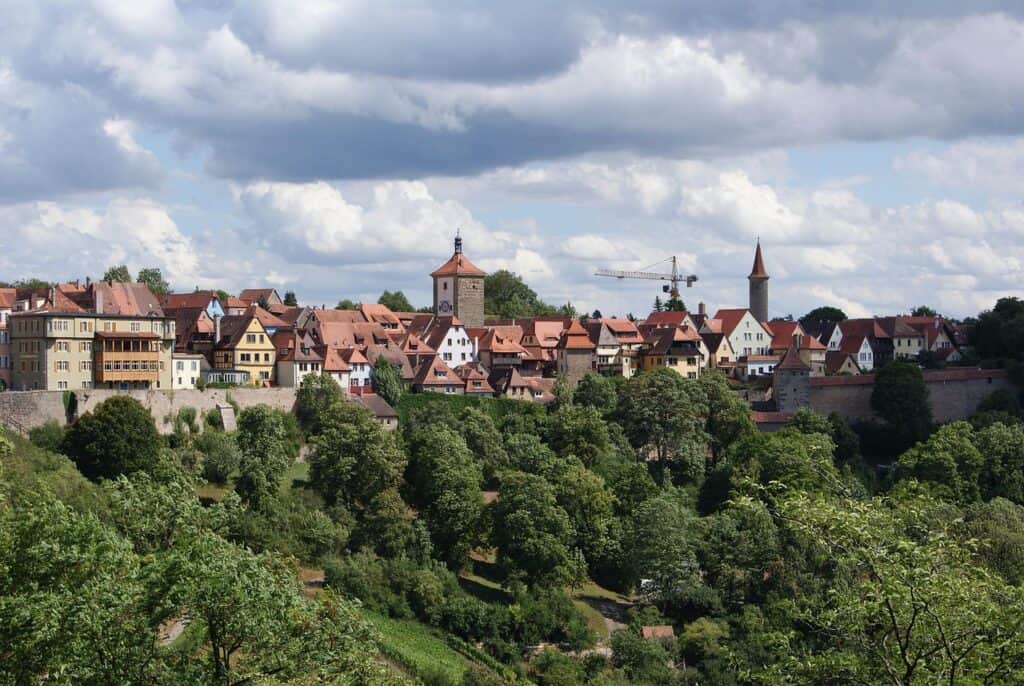
Rothenburg’s ramparts invite a full circuit, with roof views that arrange half-timbered houses like careful toys. Market square trades bustle for a steady rhythm of clocks and footfall, while St. Jacob’s altarpiece gathers pilgrims and camera crews into the same hush. Bakeries keep snowball pastries stacked with local pride, and workshops still teach old skills. The river valley below frames the city as both lookout and refuge, a place meant to endure wind, rumor, and time.
Siena, Italy
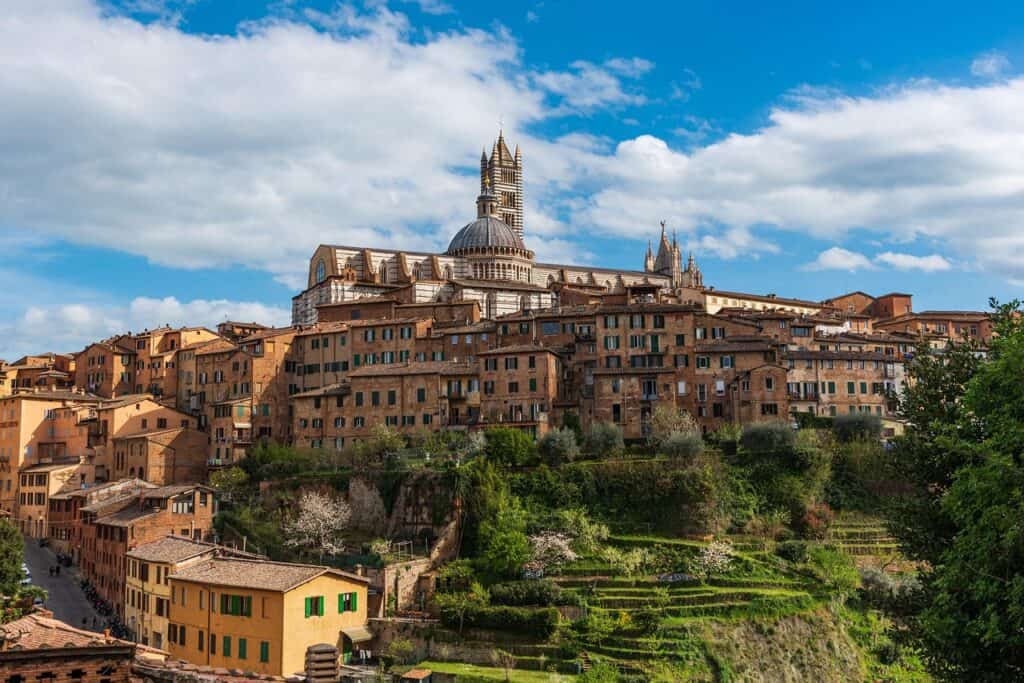
Siena curls around the Campo like a theater built for civic ritual. The striped cathedral lifts black and white marble into a pattern that reads like music, and the Piccolomini Library blazes with color. Contrade flags mark territories of belonging that turn history into neighborhood identity. Brick lanes climb and fall with the hill, setting a walking tempo that suits long conversations. Cuisine ties farm and town with ease, and late light pours into the square like warm grain.
Toledo, Spain
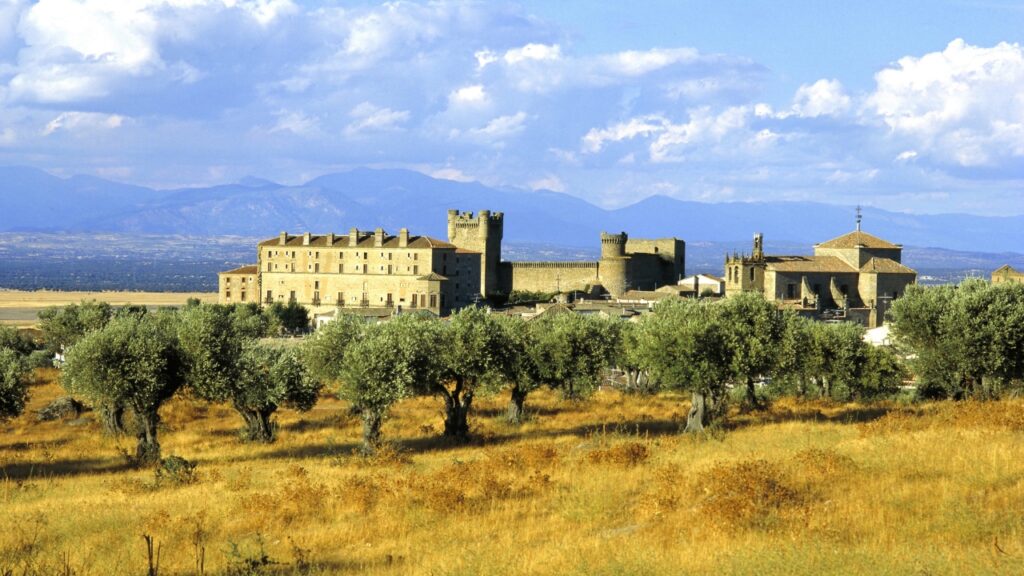
Toledo sits on a granite loop of river, fortified by nature and design. Synagogue, mosque, and cathedral architecture meet in close quarters, proof of layered centuries that argued and learned side by side. Sword makers and damascene metalworkers still practice patient craft in small workshops. El Greco’s long faces find their echo in narrow streets that stretch sightlines and frame surprises. Night returns the rock to shadow and the towers to quiet flame, and the city settles like a seal.
Prague, Czech Republic
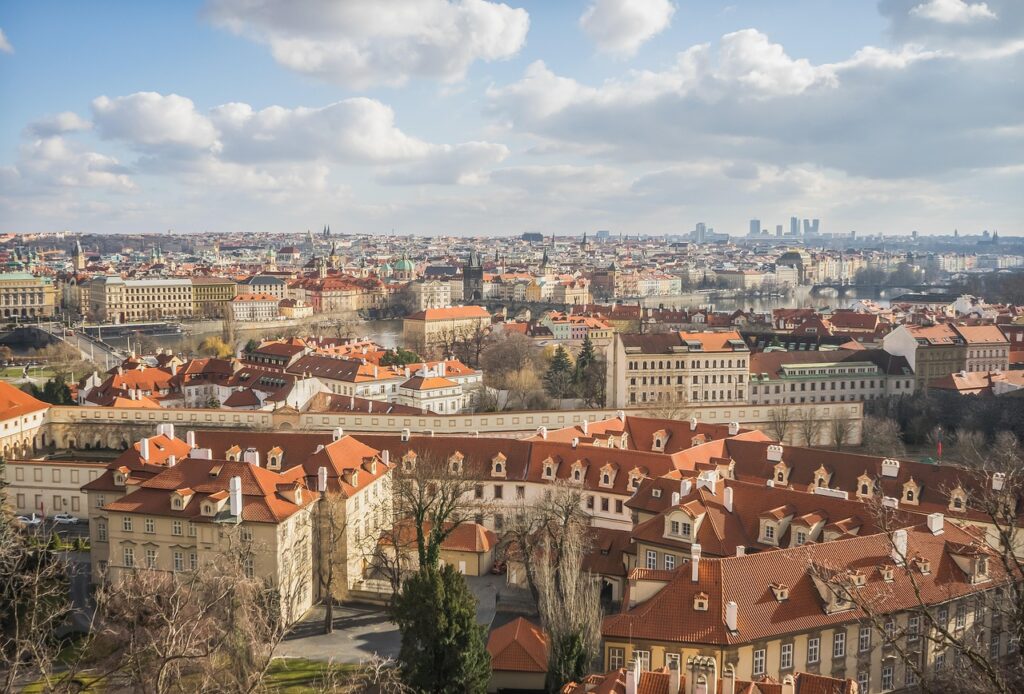
Prague stacks eras without losing the medieval base layer. Charles Bridge stands as both crossing and gallery, its statues watching the Vltava reflect towers from both banks. Old Town Square times its crowds by the astronomical clock, yet the back lanes stay generous with calm. Courtyards open like secrets, and red tiles lock roofs into a cohesive field. Music follows gently from churches and salons, and the city’s density invites slow reading instead of fast consumption.
Dubrovnik, Croatia
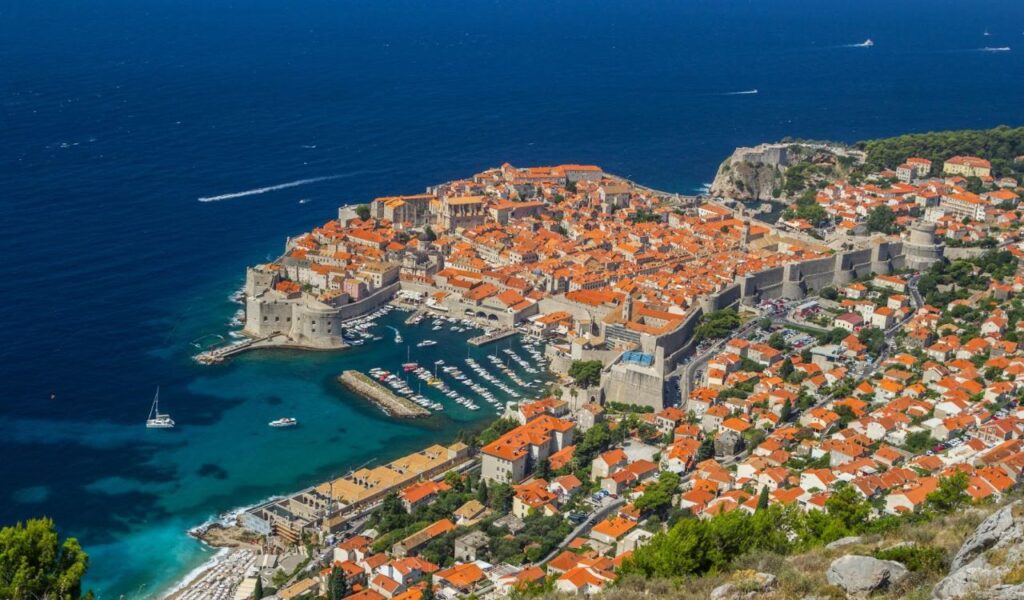
Dubrovnik’s walls meet the Adriatic with a confidence learned from storms and sieges. Marble streets shine underfoot, worn to a polish by centuries of trade and daily errands. Monasteries and arsenals once organized faith and defense; today, they host libraries and exhibitions that keep the city’s memory exact. The sea insists on a larger horizon, and the fortifications frame it like stone parentheses. At sunset, the cliffs take on a quiet bronze, and the bells sound both near and older than the hour.